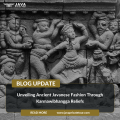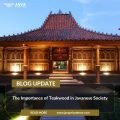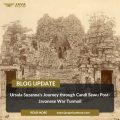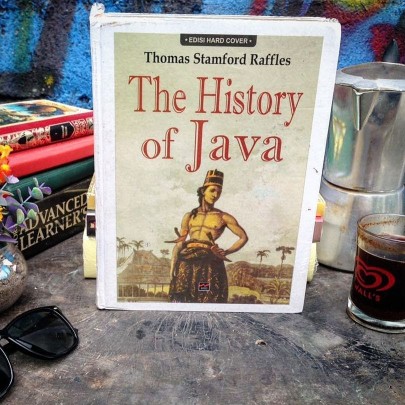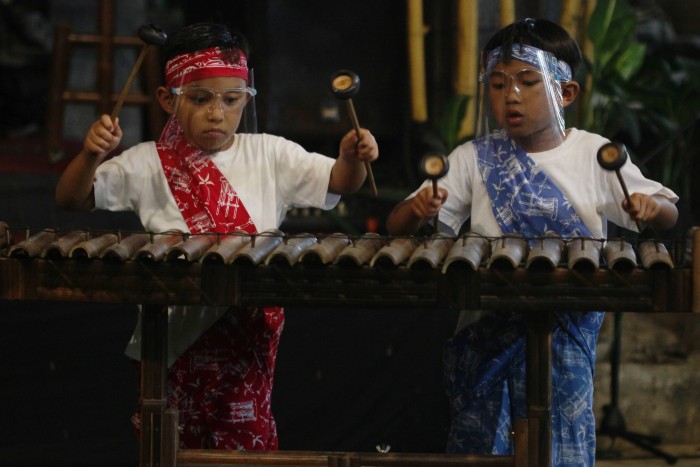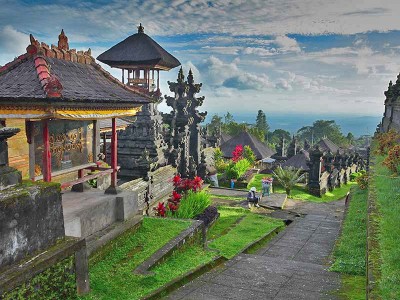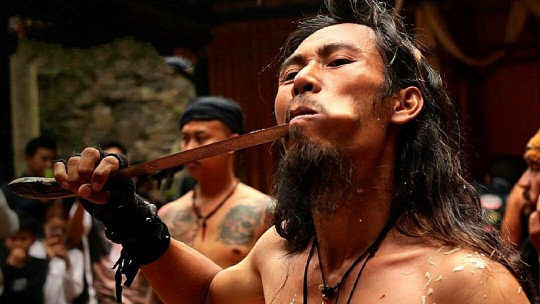javaprivatetour.com – Hi there, travelers! Are you planning a trip to Java, Indonesia? If so, you’re in for a treat. Java is a beautiful island with a rich history and culture.
In this article, we’re going to talk about a fascinating woman who lived in Java during the Dutch colonial era. Her name was Johanna Bezoet de Bie, and she was a wealthy heiress who was known for her love of Javanese fashion.
Johanna Bezoet de Bie was born in Surabaya, Java, in 1872. She was the daughter of a Dutch businessman and a Javanese woman. She grew up in a wealthy household and was educated in Europe.

In 1893, Johanna married Alexander MacNeill, a Scottish businessman who was also living in Java. The couple had six children and lived in Probolinggo, a city on the eastern coast of Java.
Despite her European upbringing, Johanna was fascinated by Javanese culture. She learned to speak Javanese fluently and was often seen wearing traditional Javanese clothing.
In her diary, Johanna wrote about her love of Javanese fashion. She said that she found it to be “elegant and comfortable.” She also said that she felt a connection to Javanese culture when she wore traditional clothing.
Johanna’s love of Javanese fashion was not unusual for women of her time. In the late 19th century, kebaya, a traditional Javanese garment, was becoming increasingly popular among European women living in Java.

Johanna’s story is a testament to her love for Javanese culture, particularly its traditional attire. Choosing to wear the elegant kebaya and sarong, she embraced the exotic charm of Java. She wasn’t alone in this cultural fusion; other European women, including Kloppenburg Versteegh, also adopted Javanese fashion during this period.
Kebaya is a long, loose-fitting garment that is worn over a sarong, a wraparound skirt. It is typically made of silk or cotton and is often decorated with embroidery or lace.
As the 19th century unfolded, the kebaya transformed into everyday wear for women of all social classes, including Dutch women who migrated to the Dutch East Indies. Visitors from North America were astonished to witness colonial Dutch women adorned in Javanese attire, showcasing the cultural assimilation that defined the era.
Johanna Bezoet de Bie’s love of Javanese fashion is a reminder of the rich cultural exchange that took place between Europeans and Indonesians during the colonial era. It is also a testament to the beauty and versatility of Javanese clothing.
If you’re planning a trip to Java, be sure to check out some of the traditional Javanese clothing that is available. You may just find yourself falling in love with it, just like Johanna Bezoet de Bie did.

Connecting the Past to the Present: Java Private Tour
Now, as you embark on your own journey through Java’s history, Java Private Tour stands ready to be your guide. Our mission goes beyond providing tours; we aim to open a window into the rich historical tapestry that makes Java unique.
Why choose Java Private Tour?
- Language Proficiency and Warm Hospitality: Our guides, fluent in English, ensure effective communication and a memorable travel experience.
- Flexibility in Itineraries: Tailored to your preferences, our itineraries adapt to your desires, offering a uniquely personalized journey.
- Diverse Fleet of Vehicles: From sedans to tourist buses, our well-maintained vehicles ensure comfortable and stylish travel.
- Certified and Licensed Team: Trust our certified and licensed crew of guides and drivers to navigate Java’s landscapes and cultural nuances safely.
- Endorsement by Embassies: Java Private Tour comes recommended by various embassies, a testament to the satisfaction of our visitors.
In conclusion, as you delve into the depths of Java’s history, let Java Private Tour be your companion. BOOK HERE to embark on an adventure that not only explores the past but also connects it seamlessly with the present. Your journey through Java’s history begins with us – your key to an unforgettable experience!


